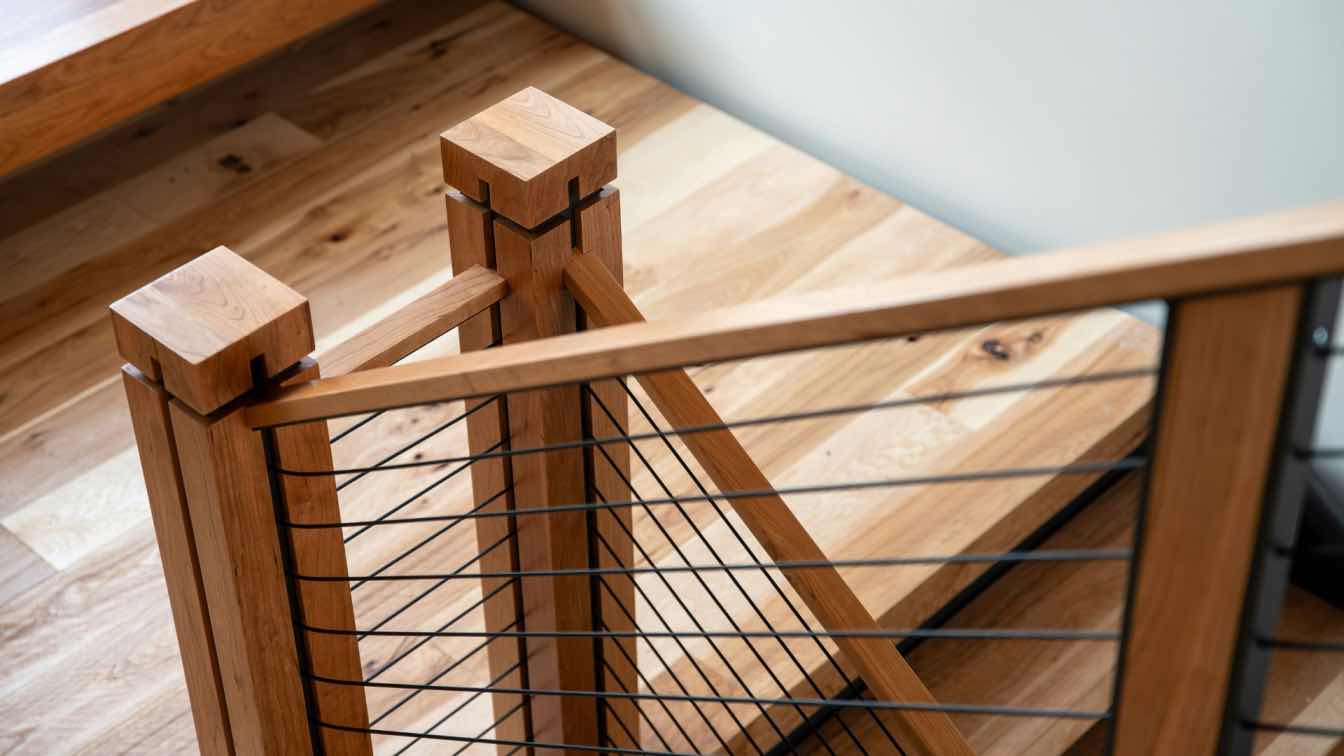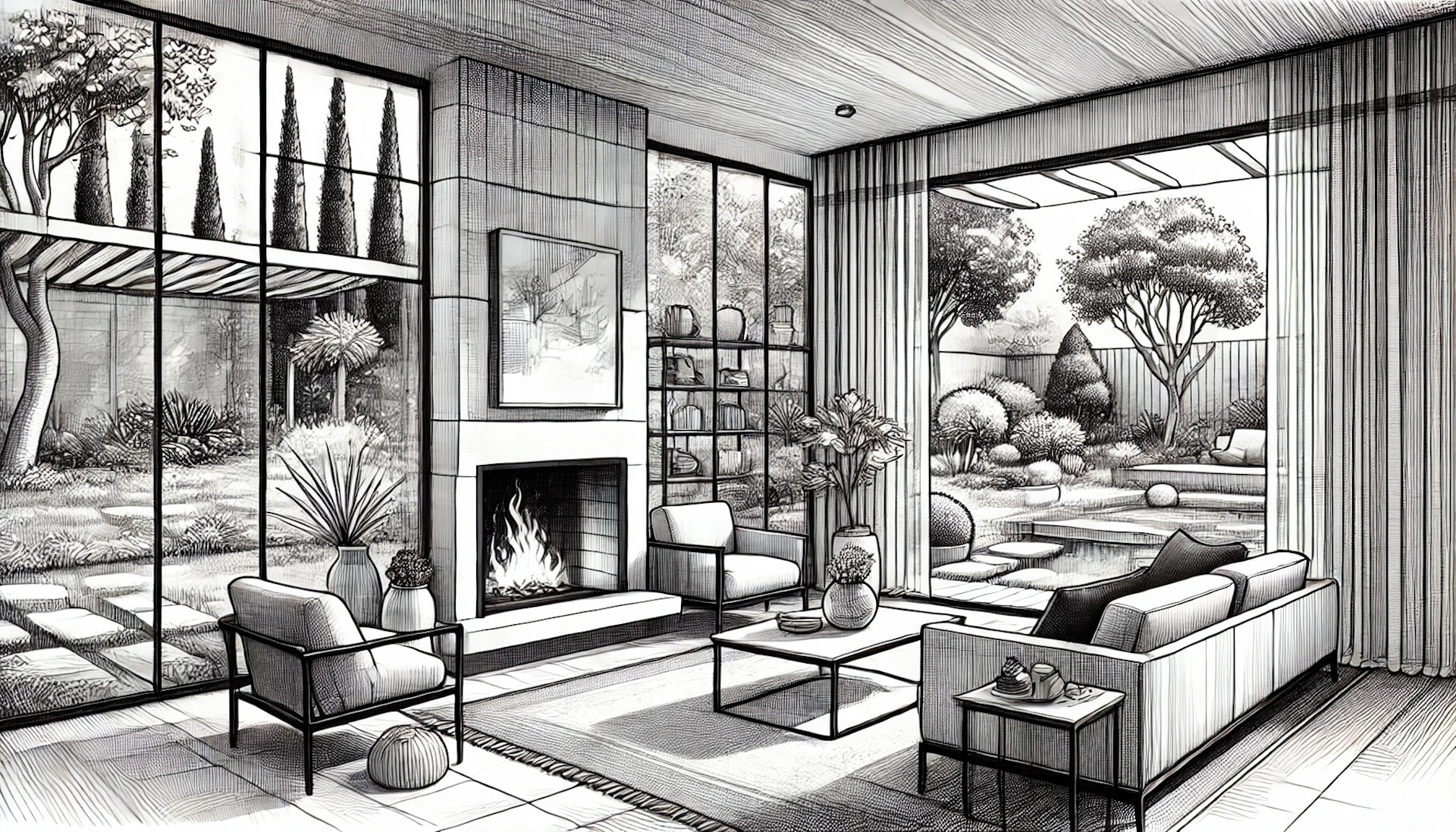When architects and builders approach railing design, they are often balancing two competing forces: railing code compliance and aesthetic aspirations. On one hand, safety regulations, accessibility requirements, and local railing standards demand strict adherence to measurements, strength, and continuity. On the other hand, design intent pushes for beauty, innovation, and seamless integration with the broader architecture. The challenge is not to choose one over the other, but to fuse both into a single, coherent vision.
Why Railing Code Compliance Matters
Codes and standards exist to ensure safe railing design, protecting users from falls, slips, or barriers that don’t function properly. In the United States, this typically means following the International Building Code (IBC) and the ADA railing guidelines for accessibility. These set minimum heights (usually 42 inches for guardrails), required spacing (balusters under 4 inches apart), and structural load resistance.
Ignoring these standards is not an option. A noncompliant railing can not only fail under stress but also expose developers to liability, fines, or the need for costly retrofits. More importantly, code-compliant railings instill confidence in users, making them feel secure as they move through a space.
The Aesthetic Challenge
The challenge arises when safety features threaten to overshadow design intent. Railings are highly visible architectural elements occupying staircases, balconies, decks, and public walkways. Designers must consider proportion, materiality, and detailing so that the railing contributes to the overall composition rather than appearing as an afterthought.
Modern projects often struggle with this tension. For example, a sleek glass façade may demand minimalist railings that preserve transparency. A heritage building might require traditional railing components to maintain architectural authenticity. In both cases, railings must comply with codes without diminishing the project’s design integrity.
Strategies to Fuse Safety with Style
1. Material Selection
Material choice plays a critical role in balancing compliance and appearance. Stainless steel and aluminum offer durability with minimal maintenance, while wood introduces warmth and traditional charm. Glass railings provide transparency and openness, though they must meet impact and load standards. Each material presents opportunities to meet codes while achieving distinct aesthetics.
2. Modular and Custom Components
Architects can take advantage of modular railing systems that are pre-engineered for compliance. These systems reduce guesswork in meeting safety standards while allowing customization in finish, detailing, and layout. For projects with a unique character, custom-fabricated railings can be designed in collaboration with engineers to ensure both beauty and compliance.
3. Integrated Lighting and Detailing
Modern railing design often incorporates LED lighting or integrated handrails. Beyond aesthetics, lighting can improve nighttime safety and highlight circulation paths. Thoughtful detailing, such as continuous top rails for ADA compliance, can be executed in a way that enhances, rather than disrupts, the visual rhythm of a space.
4. Harmonizing with Architectural Language
Railings should reflect the architectural vocabulary of the project. For instance, in a rustic lodge, wrought iron may blend more naturally, while in a contemporary museum, slim metal profiles or laminated glass panels may be the right choice. In both cases, designers must ensure railing standards are met without compromising character.
Inspiration from Sustainable Practices
As noted in our feature on Innovative and Sustainable Architectural Materials, material choices can elevate both function and sustainability. Glass railing systems, for example, embody transparency, recyclability, and durability qualities that enhance safety while maintaining a clean, modern look. This kind of thinking demonstrates how railing design can go beyond minimum compliance to become an integral part of sustainable architecture.
Looking Ahead
The future of railing design lies in the seamless merging of performance and appearance. As codes evolve to address accessibility, sustainability, and safety, designers will increasingly rely on engineered systems that deliver compliance without sacrificing aesthetics. The goal is not to treat safety features as burdens but as opportunities to enhance architecture.
Ultimately, safe railing design is about more than avoiding hazards; it’s about creating environments where users feel secure and inspired. By embracing materials, systems, and detailing strategies that marry compliance with beauty, architects can craft railings that protect people while elevating the visual language of the built environment.





